Simplified Regional Planning And Development By Dr. Krishnanand

Simplified Regional Planning And Development
“Simplified Regional Planning and Development” by Dr. Krishnanand offers a comprehensive guide to understanding the complexities of regional planning and development. This textbook is designed for students, professionals, and enthusiasts in the field of geography, urban planning, and regional development, providing a clear and concise overview of the theories, concepts, and practical approaches involved in the discipline.
Contents:
Chapter 1: Nature & Scope of Regional Planning (Pages 5-15)
This introductory chapter delves into the essence of regional planning, highlighting its significance and the scope it covers. It provides a foundational understanding of how regional planning is an interdisciplinary effort that encompasses economic, social, and environmental dimensions to achieve balanced and sustainable development across different regions.
Chapter 2: Concept, Evolution & Classification of Region (Pages 16-30)
Explore the historical evolution of the concept of regions, from ancient practices to modern-day applications. This chapter discusses various criteria for regional classification, including physical geography, cultural attributes, and economic characteristics, providing a framework for understanding the diversity of regions and their unique planning needs.
Chapter 3: Types of Regional Planning (Pages 31-42)
Understand the different types of regional planning, including economic, social, and environmental planning. This chapter examines the objectives and methodologies of each type, illustrating how they contribute to the overall goal of achieving sustainable and equitable regional development.
Chapter 4: Planning Region: Concept & Methods of Delineation (Pages 43-59)
Learn about the concept of planning regions and the various methods used to delineate them. This chapter provides a detailed examination of the criteria and techniques employed to define planning regions, such as geographic boundaries, economic functions, and administrative divisions.
Chapter 5: Approaches in Regional Planning (Pages 60-69)
This chapter presents various approaches to regional planning, including top-down, bottom-up, and mixed approaches. It discusses the strengths and weaknesses of each approach and their applicability in different contexts, emphasizing the importance of participatory planning processes.
Chapter 6: Regional Imbalances: Causes & Consequences (Pages 70-80)
Explore the causes and consequences of regional imbalances, including economic disparities, social inequalities, and environmental degradation. This chapter highlights the factors contributing to regional imbalances and their impact on national and regional development.
Chapter 7: Theories of Regional Imbalances (Pages 81-97)
Delve into the theoretical frameworks that explain regional imbalances, such as the core-periphery model, dependency theory, and growth pole theory. This chapter provides an in-depth analysis of these theories, offering insights into their implications for regional planning and policy-making.
Chapter 8: Changing Concept of Development- Underdevelopment (Pages 98-106)
Examine the evolving concepts of development and underdevelopment, highlighting the shift from traditional economic growth models to more holistic approaches that consider social and environmental dimensions. This chapter discusses the implications of these changing concepts for regional planning and development strategies.
Chapter 9: Efficiency Vs. Equity Debate (Pages 107-113)
Understand the ongoing debate between efficiency and equity in regional planning. This chapter explores the trade-offs between achieving economic efficiency and ensuring social equity, emphasizing the need for balanced approaches that address both objectives.
Chapter 10: Measuring Development: Indicators of Economic, Social, and Environmental Development (Pages 114-125)
Learn about the various indicators used to measure development, including economic indicators (GDP, income levels), social indicators (education, health), and environmental indicators (sustainability, resource use). This chapter provides a comprehensive overview of these indicators and their relevance in assessing regional development.
Chapter 11: Gross National Happiness Index (Pages 126-133)
Discover the concept of Gross National Happiness (GNH) and its application as an alternative measure of development. This chapter explores the origins of GNH, its components, and how it offers a holistic approach to assessing the well-being and happiness of populations.
Chapter 12: Regional Development Strategies (Pages 134-145)
Explore various strategies for promoting regional development, including infrastructure development, economic diversification, and human capital investment. This chapter discusses the design and implementation of these strategies, highlighting successful case studies from different regions.
Chapter 13: Environmental Issues in Regional Planning (Pages 146-155)
Understand the environmental challenges faced in regional planning, such as climate change, resource depletion, and biodiversity loss. This chapter examines the integration of environmental considerations into regional planning processes and the role of environmental impact assessments.
Chapter 14: Planning for Sustainable Development (Pages 156-161)
Learn about the principles and practices of planning for sustainable development. This chapter discusses the importance of sustainability in regional planning, exploring strategies to achieve economic, social, and environmental sustainability in regional development projects.
Chapter 15: World Regional Geography (Through Maps) (Pages 162-456)
Gain a comprehensive understanding of world regional geography through detailed maps and spatial analysis. This chapter provides an extensive visual representation of global regions, illustrating their geographic, economic, social, and environmental characteristics.
Detailed Analysis and Practical Insights:
Dr. Krishnanand’s “Simplified Regional Planning and Development” is designed to bridge the gap between theoretical knowledge and practical application. Each chapter is meticulously crafted to provide readers with a deep understanding of key concepts while also offering practical insights and real-world examples.
Interactive Learning:
The textbook is enriched with maps, diagrams, and case studies that enhance the learning experience. These visual aids help readers to grasp complex concepts more easily and to see the practical applications of regional planning theories and strategies.
Holistic Approach:
Dr. Krishnanand emphasizes a holistic approach to regional planning, recognizing the interconnectedness of economic, social, and environmental factors. This comprehensive perspective ensures that readers appreciate the multi-faceted nature of regional development and are equipped to address its challenges effectively.
For Students and Professionals:
Whether you are a student pursuing studies in geography, urban planning, or regional development, or a professional working in these fields, this book serves as an invaluable resource. It provides foundational knowledge, enhances critical thinking, and equips readers with the tools needed to analyze and develop effective regional planning strategies.
Future-Oriented:
With a focus on sustainable development and future cities, “Simplified Regional Planning and Development” encourages readers to think forward and consider long-term impacts. It highlights innovative approaches and emerging trends that are shaping the future of regional planning.
“Simplified Regional Planning and Development” by Dr. Krishnanand is a must-read for anyone involved in or interested in the field of regional planning. Its comprehensive coverage, clear explanations, and practical insights make it an essential addition to your library. Whether you aim to understand the basics or delve into advanced topics, this book will guide you through the intricacies of regional planning and development, helping you to contribute effectively to the creation of balanced, sustainable, and thriving regions.
Follow The Author On Facebook
Subscribe The Author On Youtube
Follow The Author On Instagram


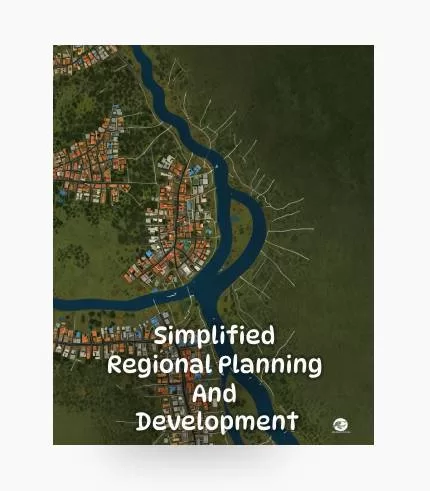
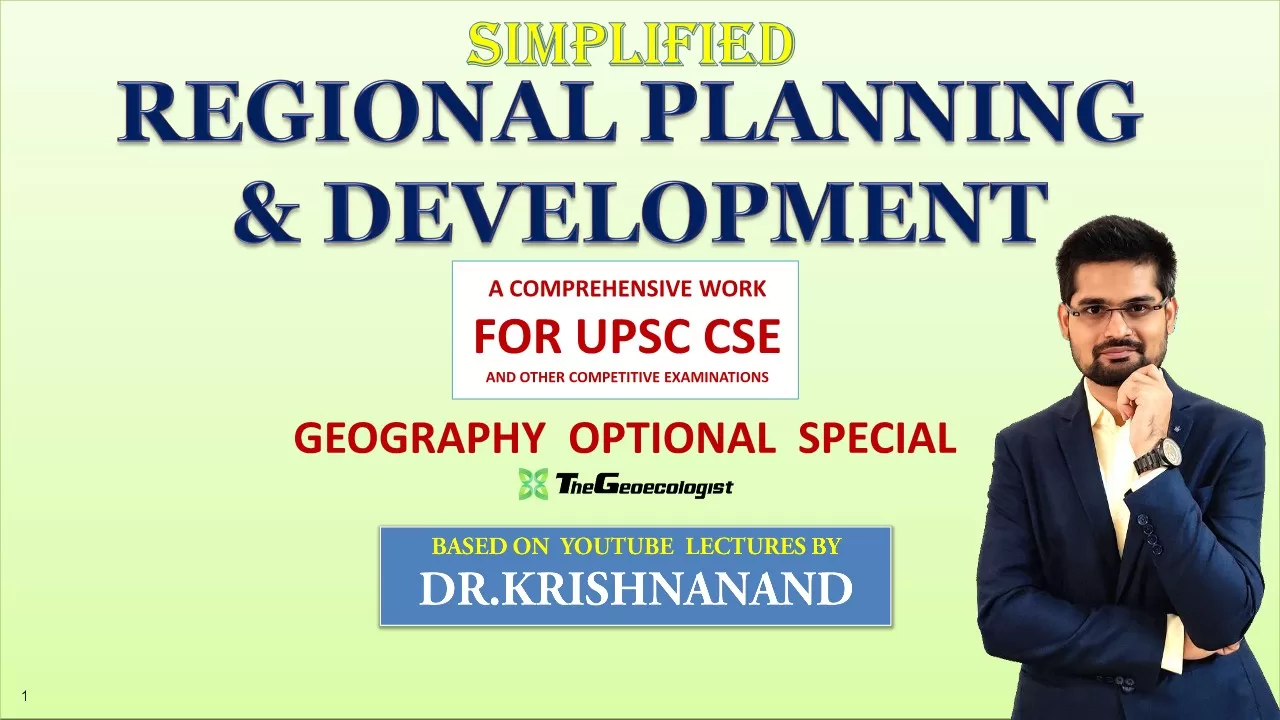
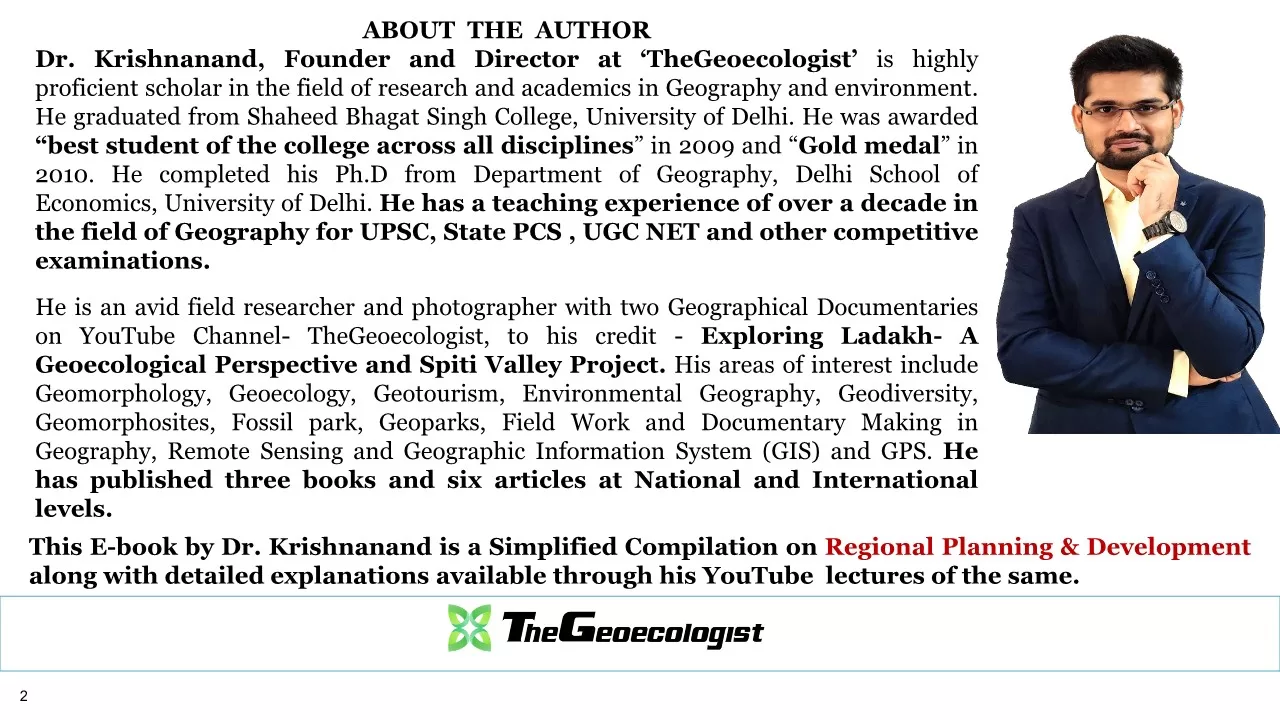
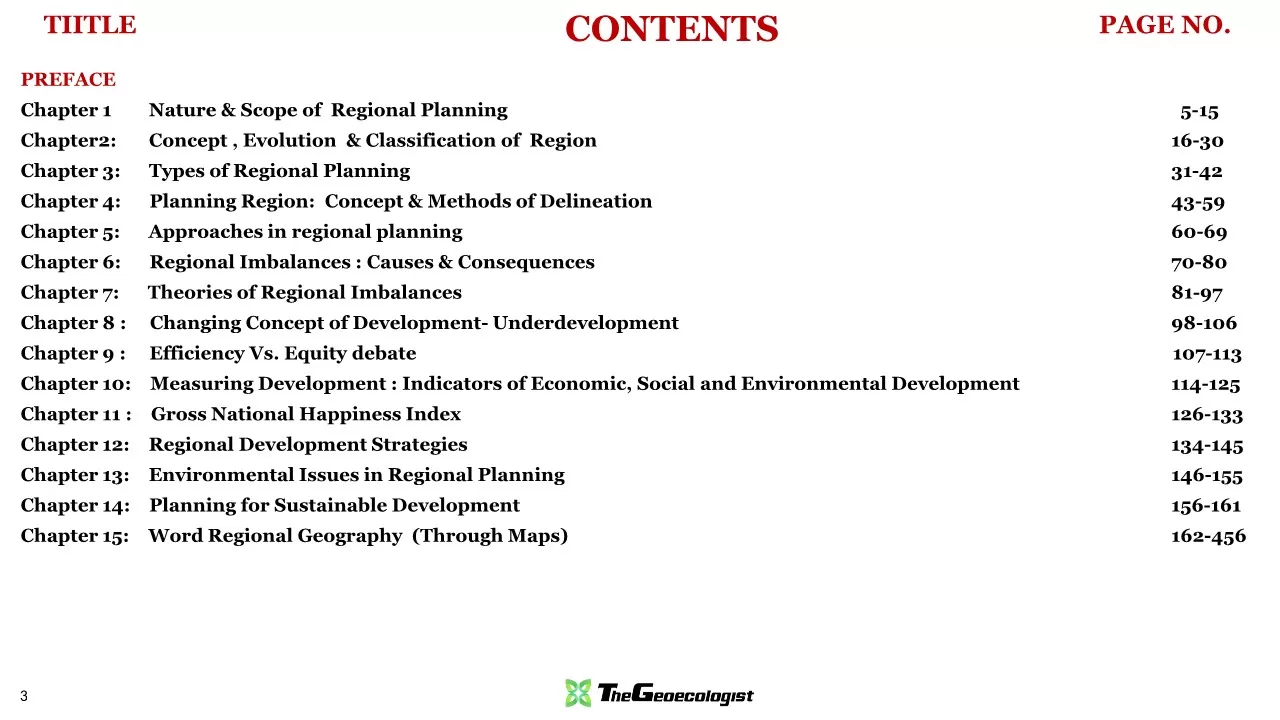



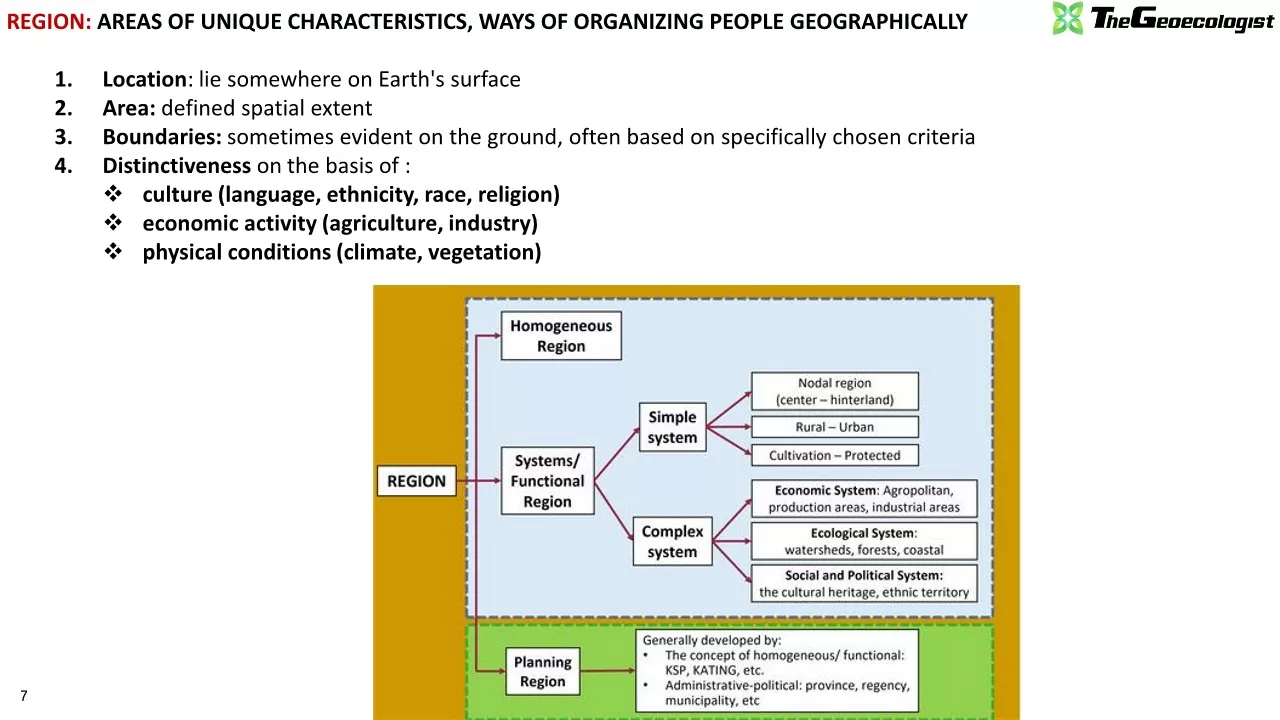
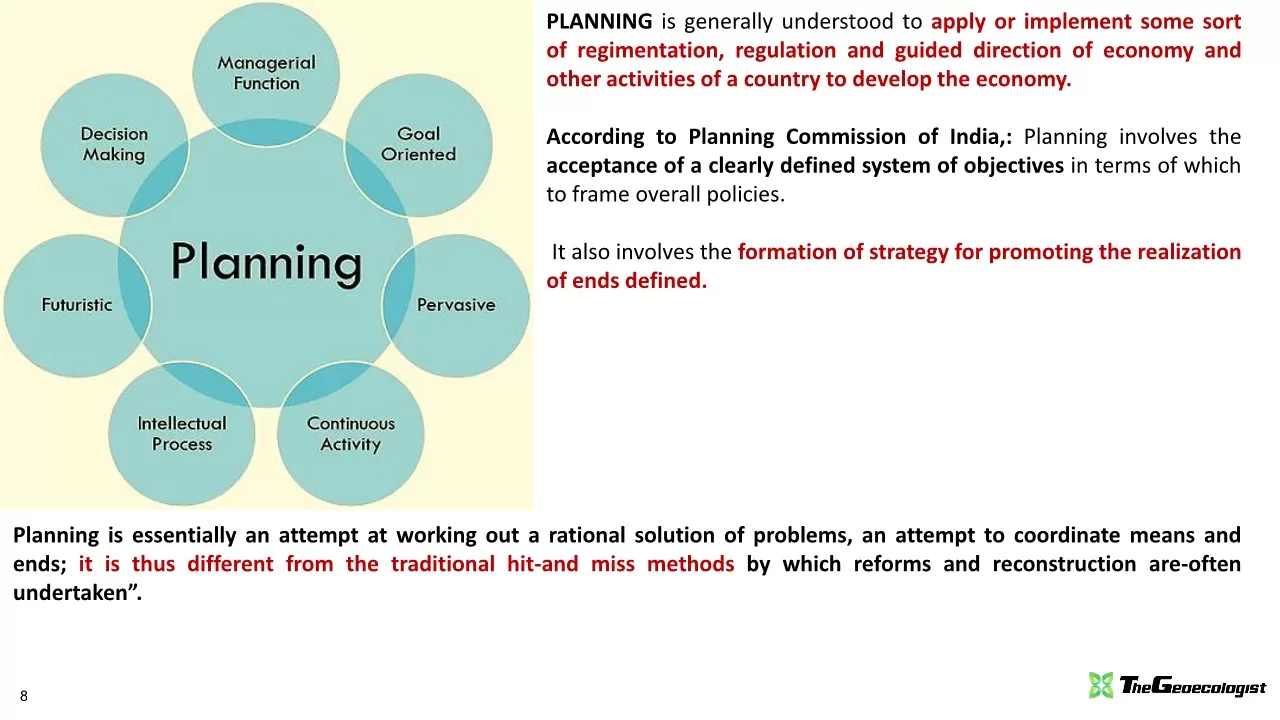
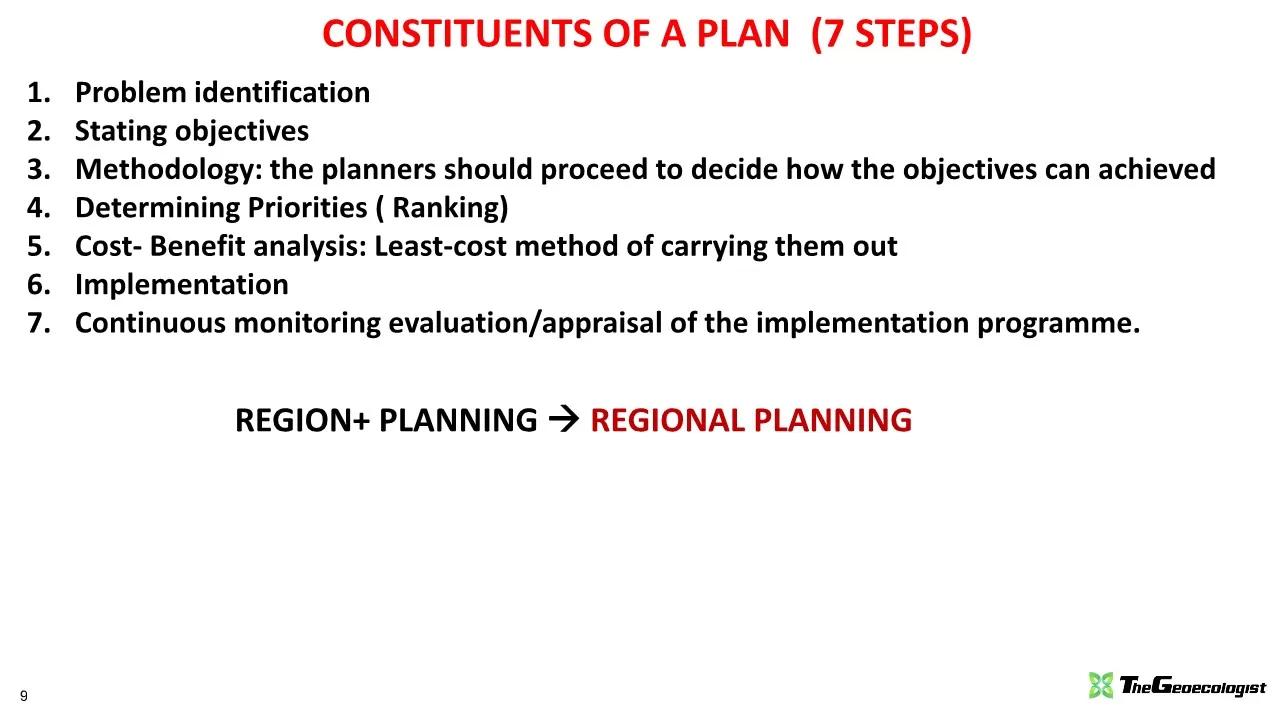
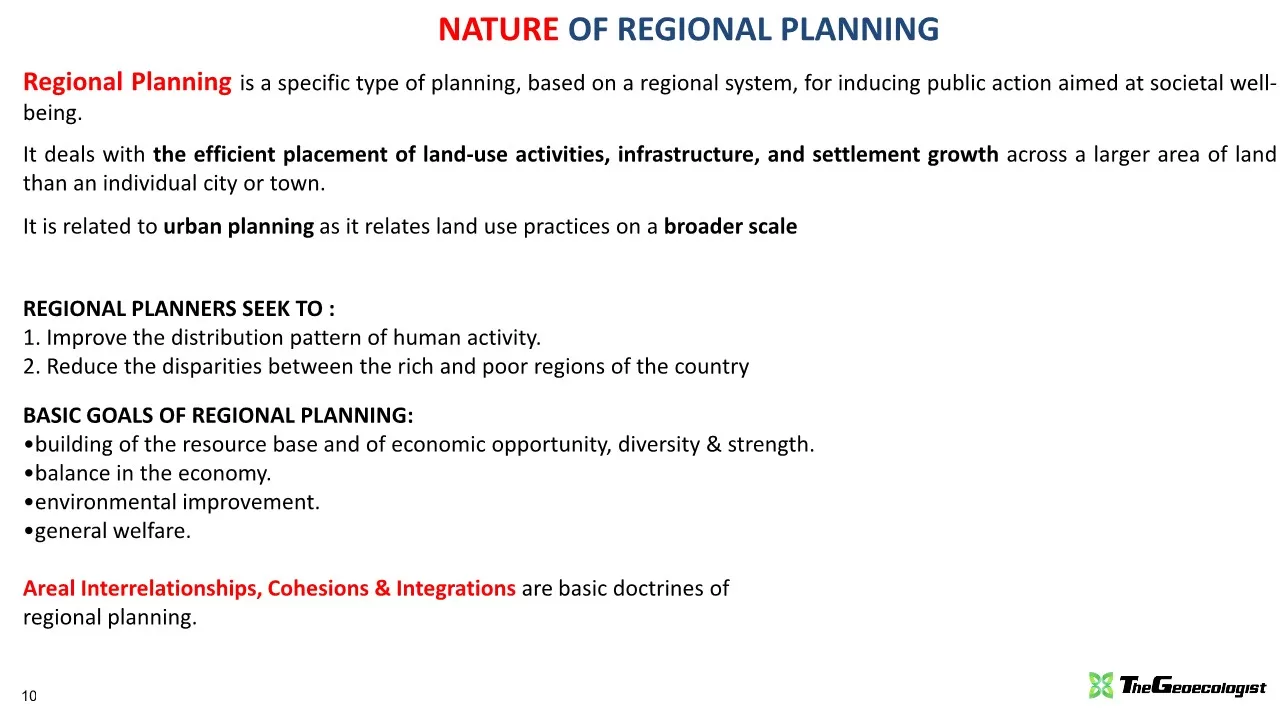



























Reviews
There are no reviews yet.